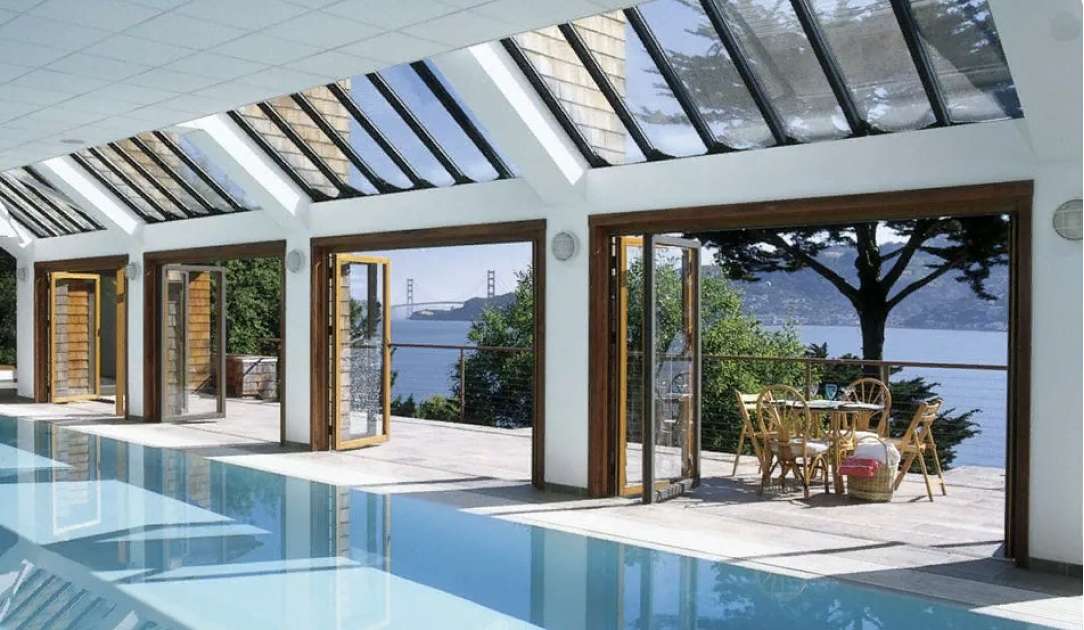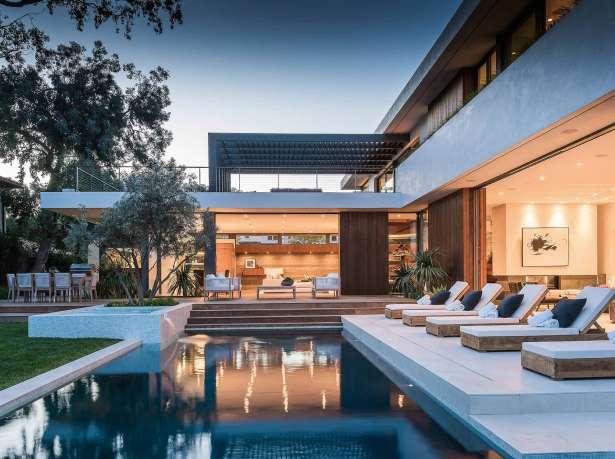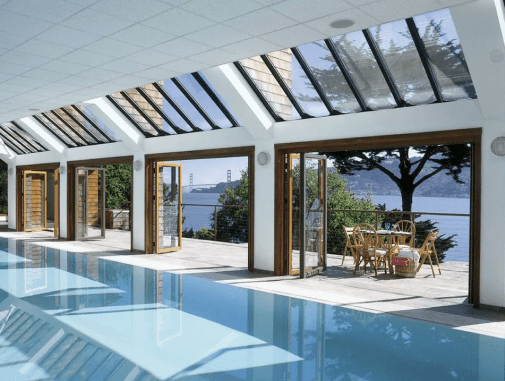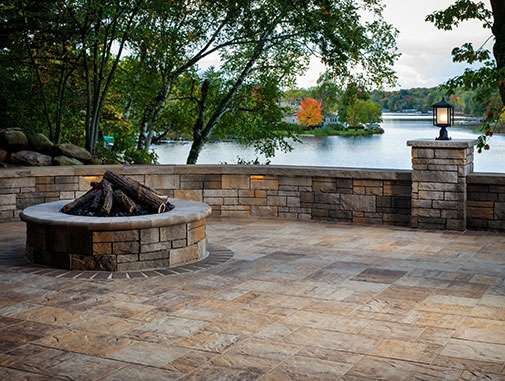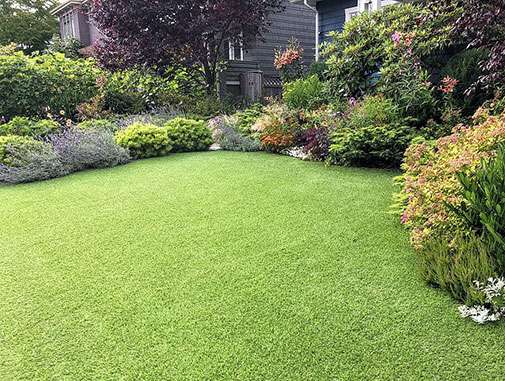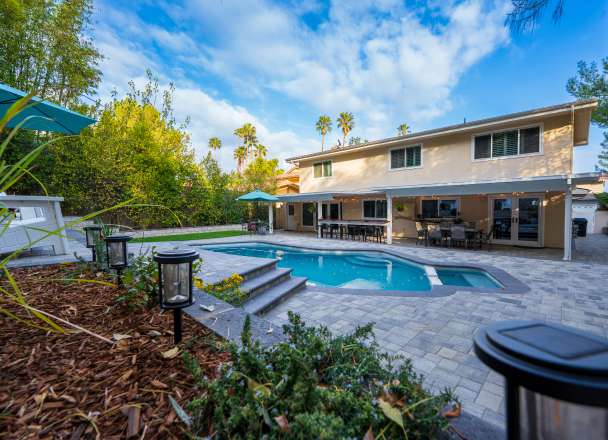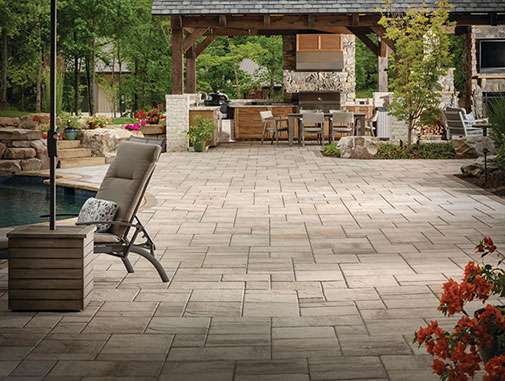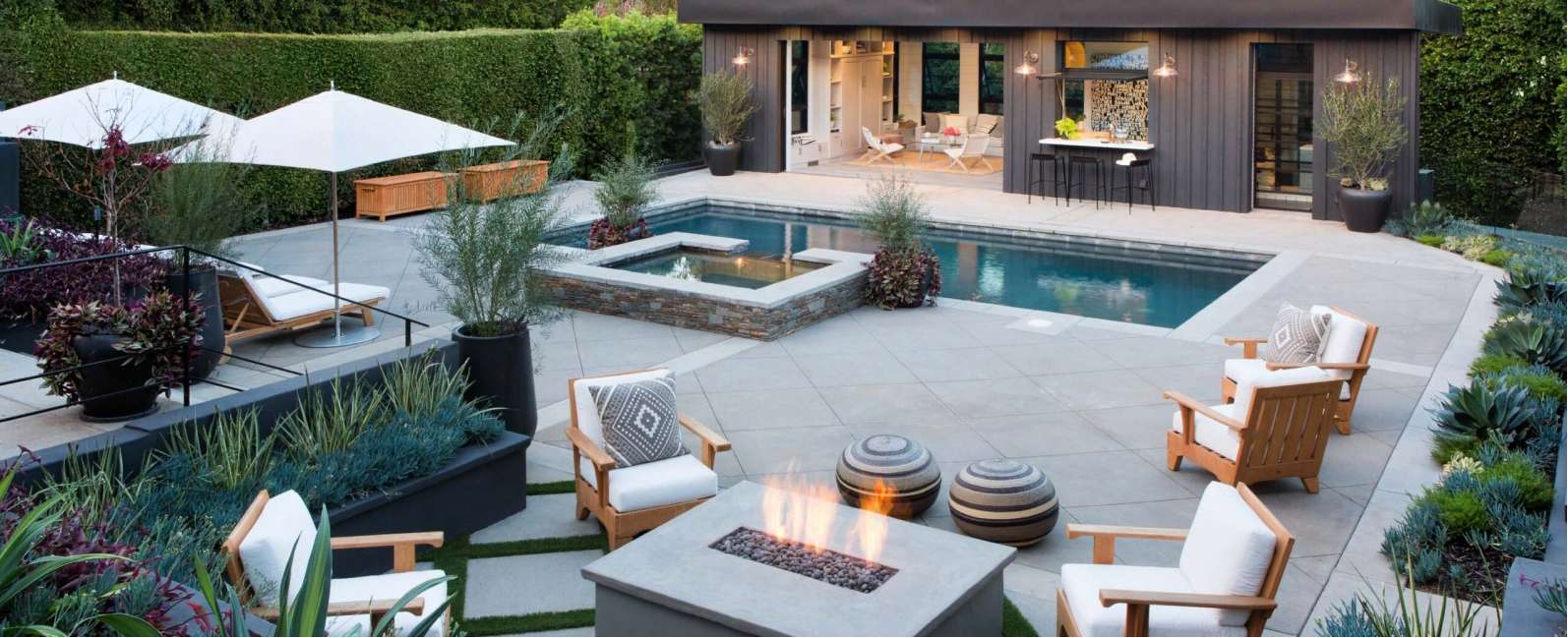ADU Trends and Future Predictions: What to Expect
- #Outdoor Living
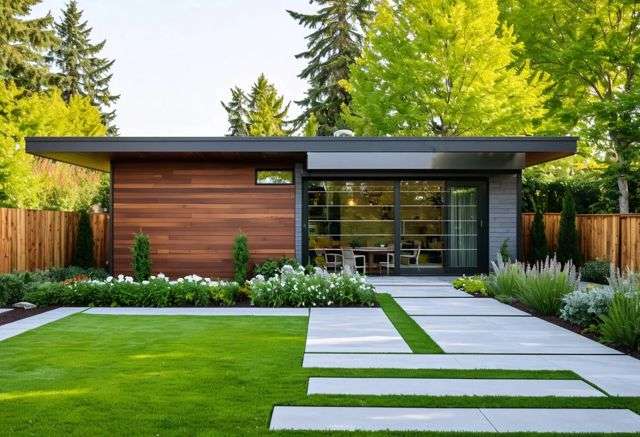
- Smooth Plaster Finish
- Shimmering Pebble Finish
ADUs are becoming more popular due to their affordability, flexibility, and modern sustainable designs. In the future, enhanced technology and relaxed regulations will drive their growth in both urban and suburban areas.
The Rising Popularity of ADUs
The demand for Accessory Dwelling Units (ADUs) is on the rise, driven by several factors:
- Affordability Crisis: As housing prices soar, ADUs offer a cost-effective solution for many homeowners. They provide additional housing options without the need for new land purchases.
- Multi-generational Living: Families are increasingly opting to live together across generations. ADUs allow for older family members to age in place or provide a separate space for young adults.
- Flexible Home Usage: ADUs are versatile. They can be rented out, used as home offices, or turned into short-term rental units for extra income.
Other factors contributing to this growing trend include:
- Sustainability: Modern ADUs often feature energy-efficient designs, renewable energy options like solar panels, and sustainable building techniques.
- Prefabrication Technology: Technologies like panelized and modular construction make ADUs more affordable and simpler to build.
- New Laws and Financing: Governments are relaxing zoning laws, and new funding opportunities are emerging, making it easier for homeowners to construct ADUs. Learn about the California’s 2023 new ADU laws for more information on these developments.
ADUs can significantly impact housing affordability, making them a smart investment for the future. Whether opting for a garage conversion or a detached unit, ADUs provide a flexible solution to various housing needs.

Innovative Designs and Technological Integration
Exploring cutting-edge ADU designs reveals a blend of innovation and practicality. Contemporary designs emphasize:
- Multi-functional spaces: Rooms that serve multiple purposes like a home office that converts into a guest bedroom.
- Compact yet efficient layouts: Optimizing every square foot for maximum usability.
Technological integration is revolutionizing ADUs. Key advancements include:
- Smart home systems: Automated lighting, thermostats, and security systems for increased convenience and energy savings.
- Voice-activated controls: Enhancing accessibility for all occupants.
Sustainable materials are becoming a hallmark of modern ADUs. This trend focuses on:
- Eco-friendly building materials: Recycled steel, bamboo, and reclaimed wood.
- Energy-efficient appliances: Reducing the overall carbon footprint of the unit.
Modular construction methods streamline the building process. Benefits include:
- Faster construction times: Prefabricated sections assembled on-site.
- Cost-effectiveness: Lower labor and material costs, making ADUs more affordable.
The future of ADUs looks promising with these innovative trends reshaping how we utilize space and resources efficiently. Discover more about the innovations in ADU construction and how they are shaping the future of housing.
Regulatory Changes Impacting ADU Development
Recent regulatory changes are shaping the future of ADU development. At the state level, many governments are easing restrictions to facilitate ADU construction. For instance, California has implemented several new laws:
- SB 13: Reduces fees and eliminates certain penalties.
- AB 68: Removes limits on the number of ADUs a property can have.
Local regulations are also evolving to support ADU growth. Cities are revising zoning laws to allow for more flexibility. For example, Portland, Oregon, has updated its code to:
- Allow larger unit sizes
- Lower parking requirements
- Simplify the permitting process
However, not all changes are favorable. Some regions are imposing stricter rules to control density and maintain neighborhood character. Homeowners should stay informed about local and state regulations to understand how they may impact ADU projects. Stay informed on how to prevent legal issues with your ADU project.
In summary, regulatory changes across states and cities can either help or hinder ADU development. Staying updated on these laws is crucial for anyone considering an ADU project.

Future Predictions for ADUs in Urban and Suburban Areas
ADUs are expected to play a significant role in urban and suburban landscapes in the coming years. As cities grow denser, ADUs could offer a solution to housing shortages without needing extensive new construction. They enable the efficient use of existing spaces, supporting urban density without sacrificing livability.
In suburban areas, ADUs can drive growth by providing flexible housing options. They appeal to various demographics, from young professionals to seniors looking to downsize, thus fostering diverse communities. Additionally, as remote work becomes more prevalent, the demand for ADUs as home offices may increase.
Predicted impacts on housing affordability include:
- Increased Supply: By adding more units, ADUs help meet housing demand, potentially lowering rents and home prices.
- Affordability for Homeowners: Homeowners can generate rental income from ADUs, offsetting mortgage costs.
- Cost-Effective Housing: ADUs are generally cheaper to build than new homes, making them an affordable option for renters.
Demographic shifts will also influence ADU trends. With aging populations, ADUs can serve as in-law suites, allowing families to live close while maintaining privacy. Moreover, younger generations, seeking affordable living solutions, find ADUs appealing due to their lower costs and flexibility. For practical tips on maximizing your ADU’s potential, check out our tips and tricks for maximizing space.

FAQ
What is driving the rising popularity of ADUs?
The rising popularity of ADUs is driven by factors such as the affordability crisis, multi-generational living, and flexible home usage. ADUs offer cost-effective solutions, allow families to live together across generations, and provide versatile space that can be rented out or used as home offices.
How do modern ADUs incorporate sustainability?
Modern ADUs often feature energy-efficient designs, renewable energy options like solar panels, and sustainable building techniques. They also tend to use eco-friendly building materials such as recycled steel, bamboo, and reclaimed wood, along with energy-efficient appliances.
What role does prefabrication technology play in ADU construction?
Prefabrication technologies, such as panelized and modular construction, make ADUs more affordable and easier to build. These methods allow for faster construction times and reduce labor and material costs, which overall make ADUs more accessible to homeowners.
How are regulatory changes impacting ADU development?
Regulatory changes at both state and local levels are easing restrictions to facilitate ADU construction. For example, California’s SB 13 and AB 68 reduce fees and remove limits on the number of ADUs per property. However, some regions impose stricter rules to control density, making it crucial for homeowners to stay informed about local and state regulations.
What future trends are expected for ADUs in urban and suburban areas?
ADUs are expected to play a significant role in both urban and suburban landscapes by providing solutions to housing shortages and supporting urban density. They offer flexible housing options in suburban areas, appealing to demographics from young professionals to seniors, and facilitate remote work as home offices.
How do ADUs affect housing affordability?
ADUs can increase the housing supply, thereby helping to meet demand and potentially lowering rents and home prices. They offer homeowners the opportunity to generate rental income, which can offset mortgage costs, and are generally cheaper to build than new homes, making them an affordable option for renters.
How do demographic shifts influence ADU trends?
With aging populations, ADUs can serve as in-law suites, allowing older family members to live close while maintaining privacy. Younger generations, seeking affordable and flexible living solutions, also find ADUs appealing due to their lower costs and versatility.
What should homeowners consider when planning an ADU project?
Homeowners should stay informed about local and state regulations concerning ADUs and consider sustainability and technological integration in their designs. Partnering with reliable experts ensures quality and satisfaction.
